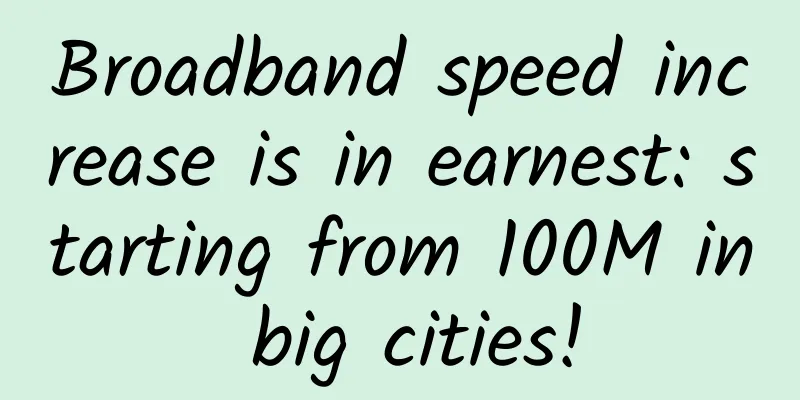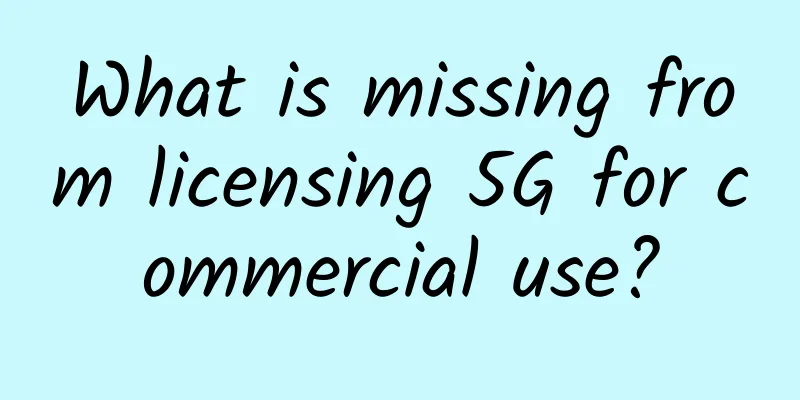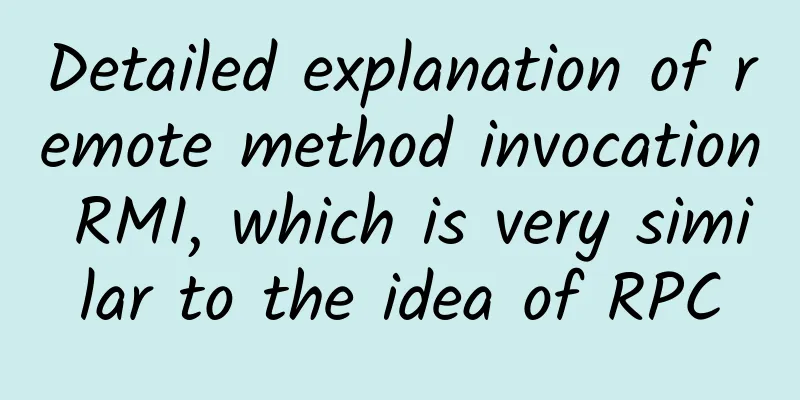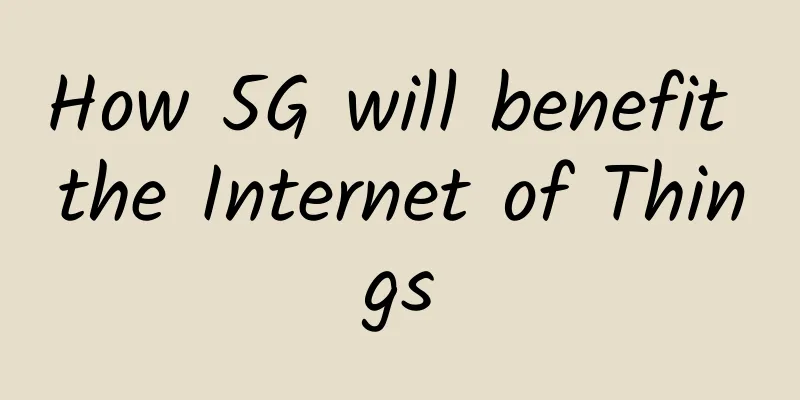Huawei starts charging patent fees for 5G mobile phones. Why?
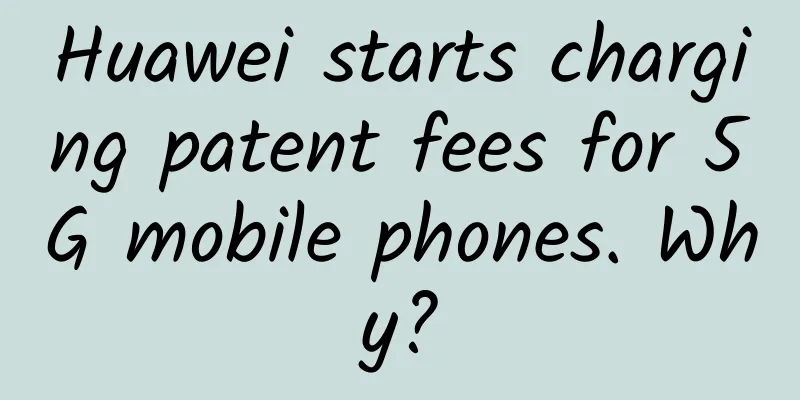
|
On the afternoon of March 16, Huawei Technologies Co., Ltd. held a press conference at its Shenzhen headquarters to release the "Huawei Innovation and Intellectual Property White Paper 2020" (hereinafter referred to as the White Paper). At the meeting, Huawei announced that it would charge patent fees for 5G mobile phones, with the upper limit of patent licensing fees for a single mobile phone being US$2.5. Why does Huawei charge patent fees? Is Huawei's charging standard higher or lower than international patent fees? What adjustments will Huawei's future strategy undergo? It has attracted much attention.
How to collect patent fees? Ding Jianxin, director of Huawei's Intellectual Property Department, said at the press conference that Huawei will charge royalties for 5G patents starting in 2021 and will provide a reasonable percentage rate applicable to the selling price of 5G mobile phones, with a maximum license fee of US$2.5 per unit. Currently, Huawei is the fourth 5G patent holder in the industry to announce 5G patent fees. Previously, Ericsson, Qualcomm, and Nokia have successively announced their own 5G patent licensing fee standards. Industry insiders said that Huawei's patent fee standards for 5G mobile phones are much more "generous" than other companies such as Nokia and Qualcomm. Some netizens said that Huawei's fees are too "elegant" compared to other companies. Qualcomm first disclosed 5G patent licensing and charging standards in 2018. First, patent fees are charged for each 5G mobile phone that uses Qualcomm's mobile network core patents worldwide: the rate for single-mode 5G mobile phones is 2.275%, and the rate for multi-mode 5G mobile phones (3G/4G/5G) is 3.25%2. Second, the patent fees for 5G mobile phones that use Qualcomm's mobile network standard core patents + non-core patents: single-mode 5G mobile phones are 4%, and multi-mode 5G mobile phones (3G/4G/5G) are 5%. According to this rate, the patent fee for a 5G mobile phone of about 4,000 yuan may be as high as 200 yuan. Qualcomm also announced the upper limit of the price of mobile phone charges, which was initially up to US$500, and later dropped to US$400. Ericsson announced the 5G patent fee standards in 2017. The 5G patent licensing fee for high-end handheld devices is US$5 per unit, and the licensing fee for low-end handheld devices is US$2.5 per unit. Nokia’s official website announced the 5G patent fee rate, and the upper limit of 5G mobile phone patent fees is 3 euros per unit. Regarding the pricing considerations for Huawei's 5G patents, Ding Jianxin believes that the 5G standard has a project establishment process of many years. In the process of standardization, it is necessary to consider the proportion of technological contribution, the proportion of R&D investment, etc., and also whether the entire industry can afford it. Although the standard is not easy to determine, with the development of IoT, the difference in product prices will be greater in the future, but $2.5 is certain for mobile phones. Huawei's chief legal officer Song Liuping said in an interview with the media after the meeting that Huawei will negotiate specific rates with companies including Apple and Samsung, and promised to charge lower rates than competitors such as Qualcomm, Ericsson and Nokia. Why do we charge patent fees? Why did Huawei start charging patent fees at this time? One reason is that R&D investment needs to be rewarded. Ding Jianxin believes that innovation requires multi-faceted investment and a lot of energy. Without a reasonable return and protection mechanism, there is no way to ensure the efforts of scientific researchers in R&D. Now Huawei's annual investment in R&D accounts for 10% to 15% of its revenue, and the cumulative R&D investment in the past nine years has reached US$90 billion. The white paper focuses on some of Huawei's practices and contributions in the fields of innovation and intellectual property, and gives relevant important data. By the end of 2020, Huawei had more than 100,000 valid authorized patents worldwide, and more than 90% were invention patents. Among them, 5G-related patents accounted for more than 6%. According to a report released by IPlytics, a German patent information analysis organization, as of October last year, Huawei's 5G patent applications ranked first in the world, with 6,372 applications. Qualcomm and Samsung ranked second and third, with 4,590 and 4,052 applications, respectively. It is reported that Huawei ranked first in the World Intellectual Property Organization's PCT patent applications for the first time in 2008. In 2019, Huawei ranked second in the number of patent authorizations in Europe and tenth in the United States. Huawei expects its intellectual property revenue to be between US$1.2 billion and US$1.3 billion in the three years from 2019 to 2021. The second reason is that charging for intellectual property rights is an international practice. Qualcomm, Nokia, Ericsson and others have charged 5G patent fees, and Huawei has no reason not to. Qualcomm is the most typical example of patent fees, especially in the 3G field. Qualcomm's CDMA network technology is an important standard for 3G, so as long as you use the 3G network, you have to pay patent fees to Qualcomm. Even if the mobile phone does not use Qualcomm's chips, it will still use Qualcomm's communication patents. In fiscal 2018, Qualcomm's patent licensing revenue was US$5.1 billion, accounting for a quarter of its total revenue. In the three months from October to December 2020, Qualcomm received US$1.793 billion in patent fees, which is more than Huawei's three-year patent fees in one quarter. Song Liuping said: "We hope that through the 2020 edition of the white paper, we can showcase Huawei's 30 years of technological innovation and development, as well as the company's consistent respect, protection and contribution to intellectual property rights. We hope that it will be more transparent for everyone to see how Huawei has come to where it is today step by step." Some analysts believe that Huawei charges for 5G patents in order to enter other markets. Song Liuping said, "The layout of intellectual property rights is not for a single country. Huawei will make a global layout. Currently, Huawei has more than 10,000 authorized patents in the United States. These patents will bring value to the US industry, but we will not call this a roundabout way to enter (the US market). This is a natural logic." The third reason is to explore more growth opportunities. Some people speculate that Huawei's patent fees are due to the pressure of monetization. After the decline of Huawei's mobile phone business, it needs to seek more business monetization opportunities. However, judging from Huawei's three-year patent revenue forecast (US$1.2-1.3 billion), this should not be the main reason. This amount of revenue is a drop in the bucket for Huawei, which has a revenue of over US$100 billion. Song Liuping confirmed this statement: "Huawei is mainly a company that operates products. Its main source of income is still products and services. Products are our main source of long-term income. Compared with Huawei's overall revenue, intellectual property rights are not our main source of income. The amount and time invested by Huawei in 4G and 5G are different, and the contribution to standards is also different. According to these changes, we will adjust the rates and conditions of external licensing." As a company with products and services as its main business, Huawei is indeed seeking more new development opportunities after its mobile phone business was hit, including the layout of the intelligent connected car industry, the acceleration of cloud computing, and the promotion and exploration of emerging application fields. For example, the media recently reported that a fishing farm in the East China Sea is equipped with tens of thousands of solar panels with Huawei inverters to avoid excessive sunlight exposure when generating electricity. Inverters are an important new business for Huawei. For example, in Shanxi, Huawei is exploring the use of ICT technology to promote the intelligence and digitalization of coal mines, and such technology also has a lot of replication and application space in marine engineering. For example, news of Huawei's cooperation with various automobiles has been frequently exposed recently, and so on. Huawei is constantly exploring new development possibilities. Perhaps it is not just Huawei. For every company, no matter when, building on the present, planning for tomorrow and the day after tomorrow, and finding more opportunities are the ways to survive in the long run. |
<<: Wi-Fi 5 is being phased out, while Wi-Fi 6 is experiencing an explosion: its share is growing
>>: The three major operators are launching preferential packages. How do you “change to a new one”?
Recommend
Li Xue: Today's goal is to grow together with the company
[51CTO.com original article] As enterprises have ...
The existing network is difficult to achieve great success, will 5G be the savior of the Internet of Things?
5G is the fifth generation of mobile cellular tec...
China Unicom begins deploying 2G network and stops all services
2G outdated communication technology will inevita...
How many layers are in the TCP/IP protocol stack that you are learning? The standard answers in textbooks are changing
Overview Network knowledge is extensive and profo...
Come and watch! The Maker Beijing 2020 Kunpeng Application Innovation Special Competition Seminar is about to start!
In order to help more ICT industry practitioners ...
A complete manual for troubleshooting network problems. You will never be afraid of problems again after reading this.
[[257179]] 1. Network complexity General network ...
Important factors of data center energy efficiency: latent heat and sensible heat
Talking about the PUE value of data centers has a...
Friendhosting Valentine's Day promotion: 30% off all VPS/virtual hosts, VPS half-year payment from 11.9 euros
Friendhosting has launched a 30% discounts for Va...
XDP technology for high-performance network framework
1. Basic Concepts of XDP XDP stands for eXpress D...
The Evolution of Hybrid Workplace Networking
The past few months have significantly changed th...
Let’s talk about 5G this year
Time is like quicksand, and the 2010s are about t...
The unlimited package that people love and hate is going to be cancelled
[[272811]] The "unlimited data" package...
The 5G timetable of the three major operators is determined: it is not too late to change your mobile phone in 2019
At the recently concluded MWC 2018, 5G became a h...
Huawei Vice Chairman Hu Houkun: Crossing the business chasm and creating new 5G value
During the 2020 Global Mobile Broadband Forum, Hu...
